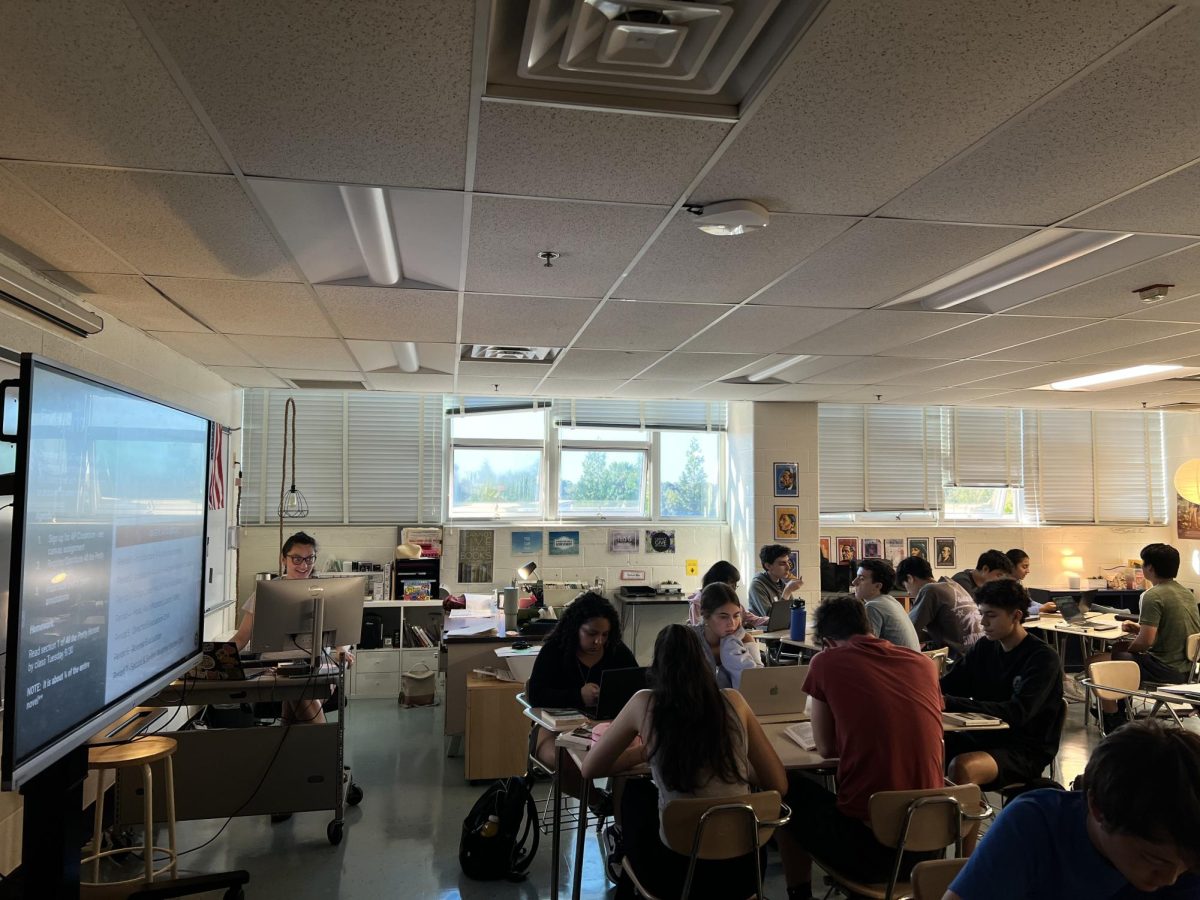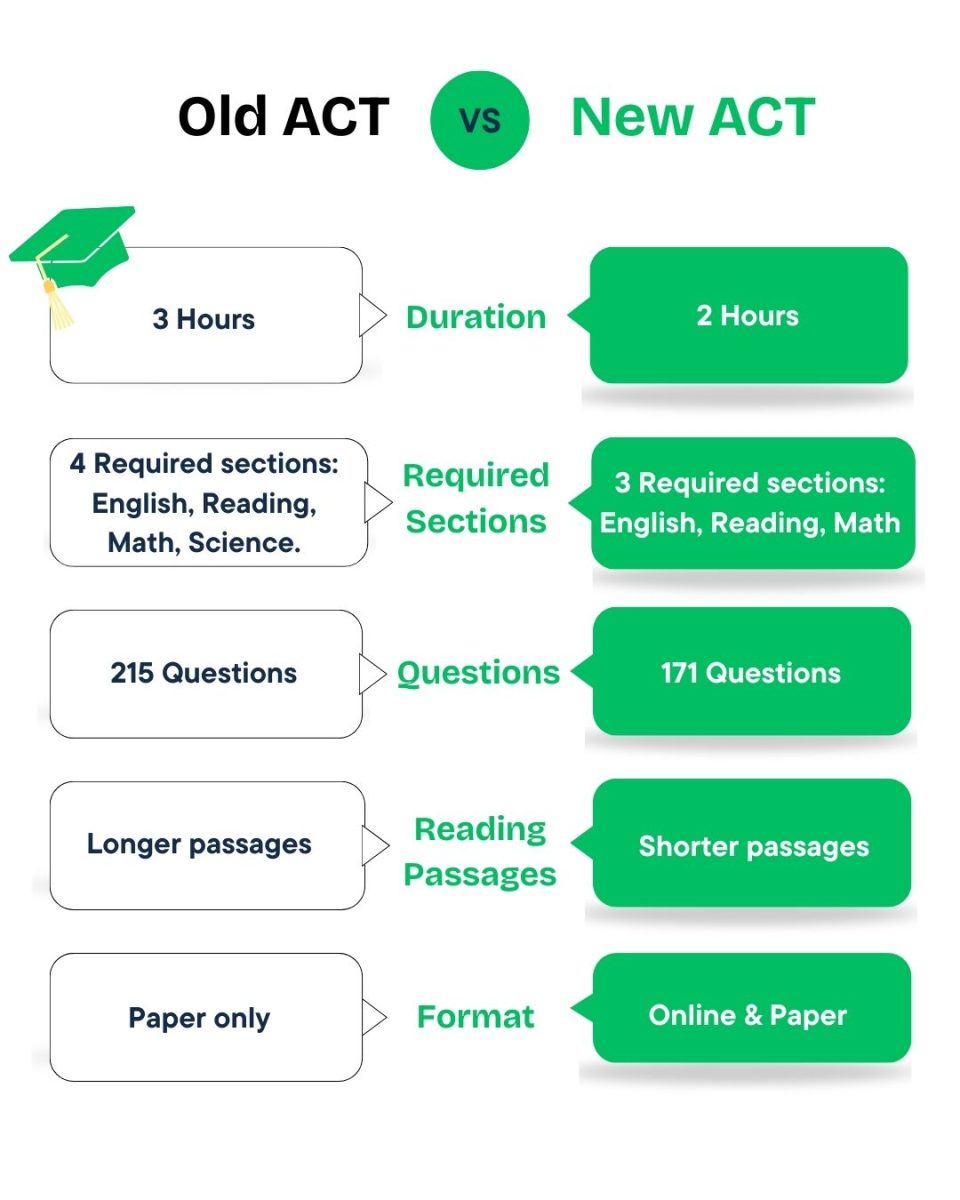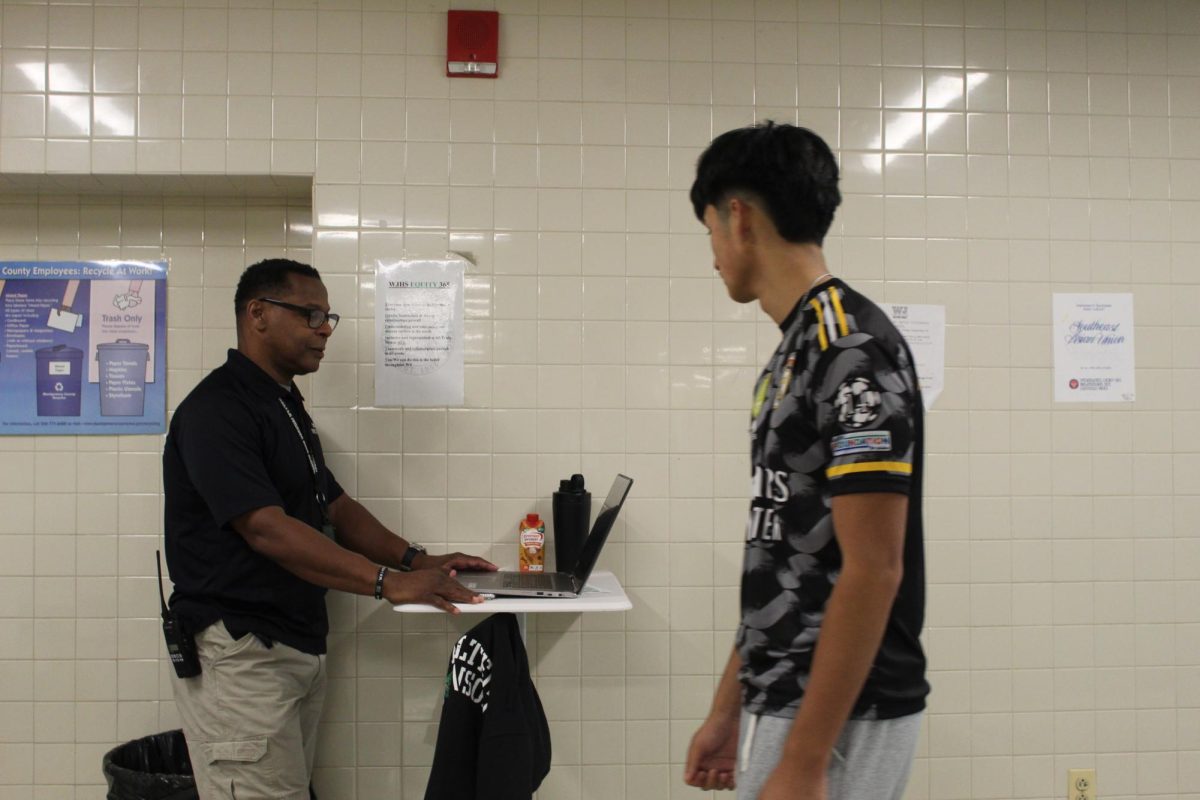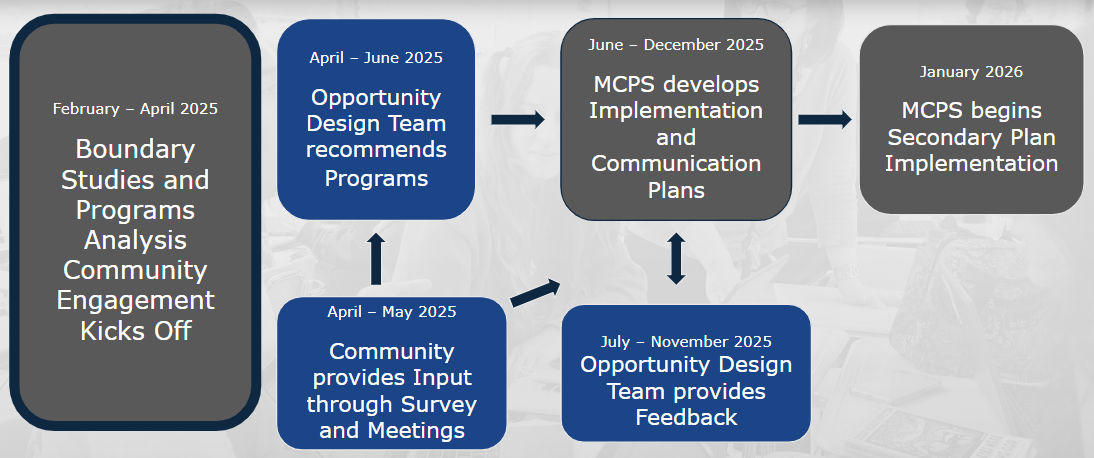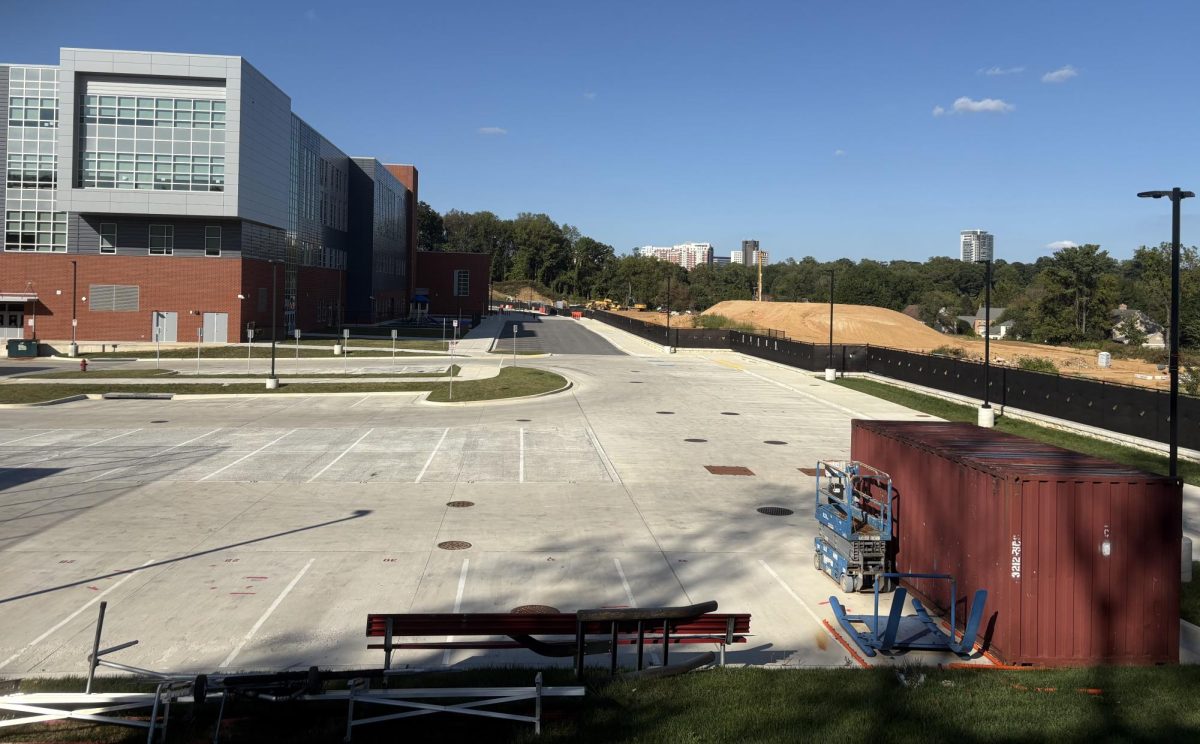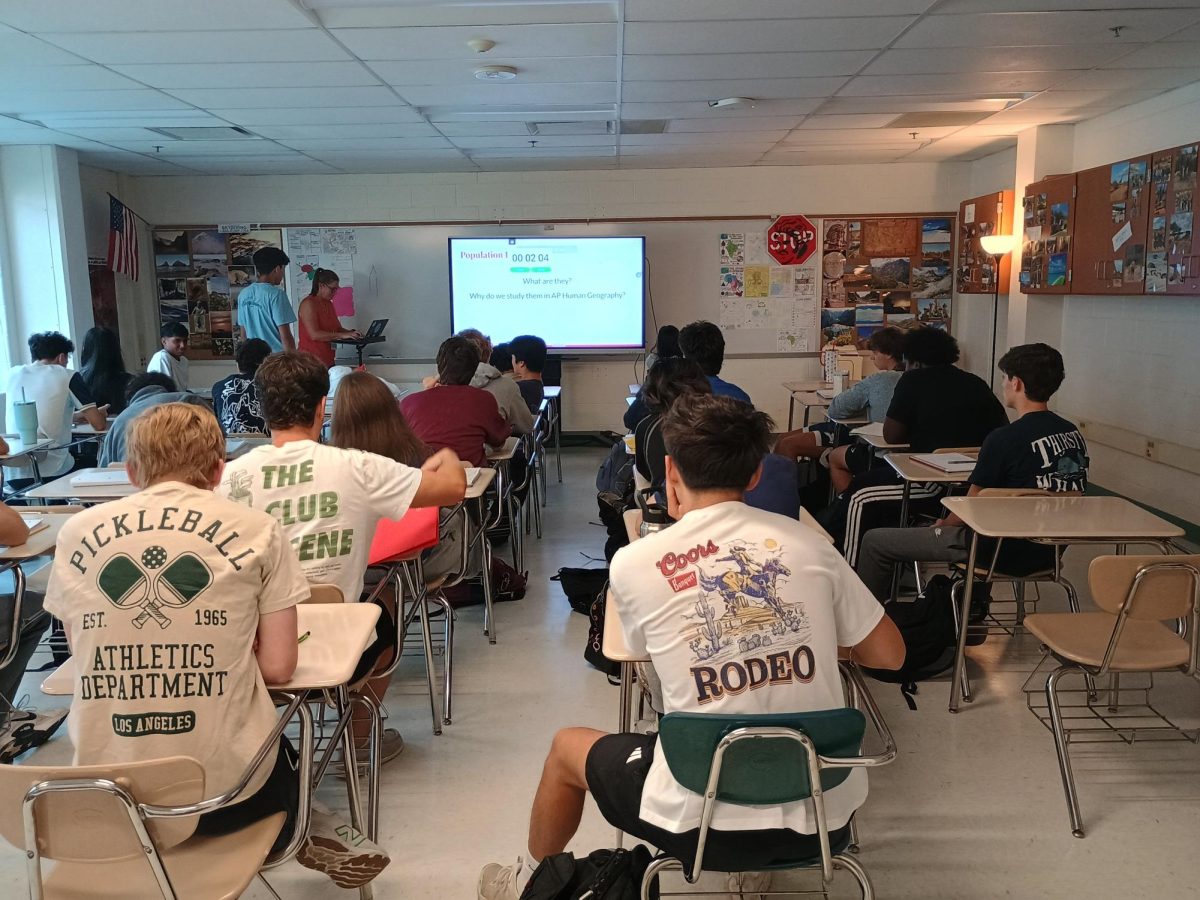For many years, DC was an outlier. Its main airport, Dulles International, had no passenger rail connection to the city. Finally, after decades of planning, construction, years of delays and cost overruns, the Washington Metropolitan Area Transit Authority (WMATA) has opened the Silver Line extension to Dulles.
The expansion has faced numerous challenges during its construction phase. The project had been delayed for years due to numerous problems such as poor quality concrete at multiple stations. While the project does drastically improve accessibility to the airport, the airport station was originally supposed to be underground and directly adjacent to the terminal. However, it was changed to an overground station which is a five minute walk away from the terminal to reduce costs.
Despite those challenges, the extension finally opened to the public on Nov. 15, 2022.
Now, for all residents in the DC region, there is now a relatively convenient metro option to get to Dulles rather than taking an expensive taxi or Uber. The extension also provides new Metro services to the Virginian suburbs of Herndon, Reston, Ashburn, and others.
At the event’s ribbon cutting, Virginia senators Mark Warner and Tim Kaine both hailed the project as a major step forward for Virginia. Metro General Manager Randy Clarke and Metropolitan Washington Airports Authority (MWAA) CEO both praised the project as a game changer for DC and Dulles airport.
For WJ area residents, their ability to use the line is also hindered by the format of the Metro system. As all lines go into DC, to get to the airport one would have to take a train to downtown DC and then transfer to a train to Dulles. This makes the journey far longer than driving to the airport.
There has been some talk of extending the currently under construction Purple Line to Tysons Corner from Bethesda. While that project is far in the future, it would make taking the train from Bethesda to the airport far faster.
While many are excited for the extension to the airport, some question the effectiveness of expanding the Metro deeper into the suburbs of Northern Virginia.
“I think that ridership is going to be very light because most people are in their cars,” social studies teacher Timothy Rodman said.



